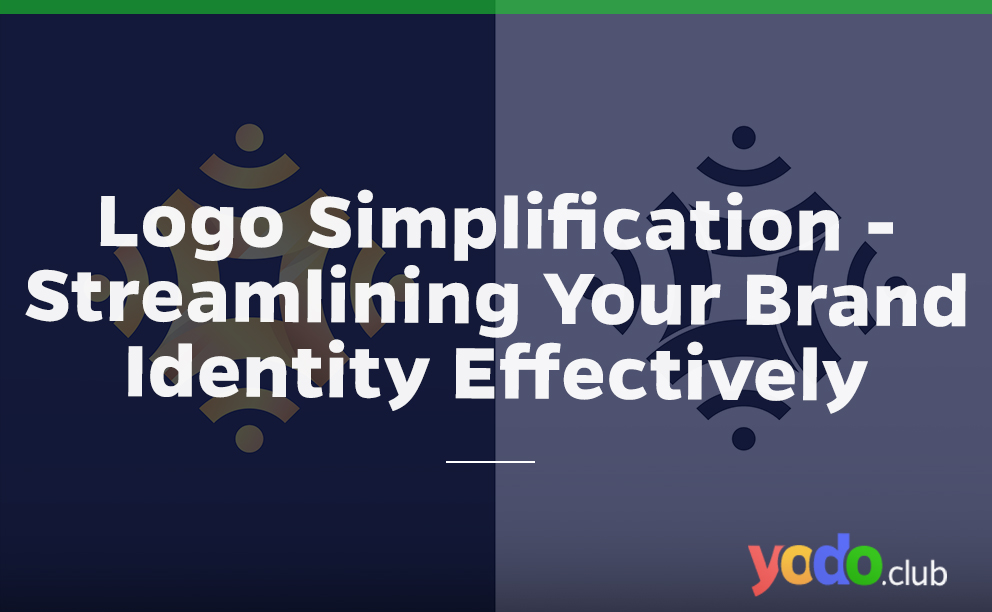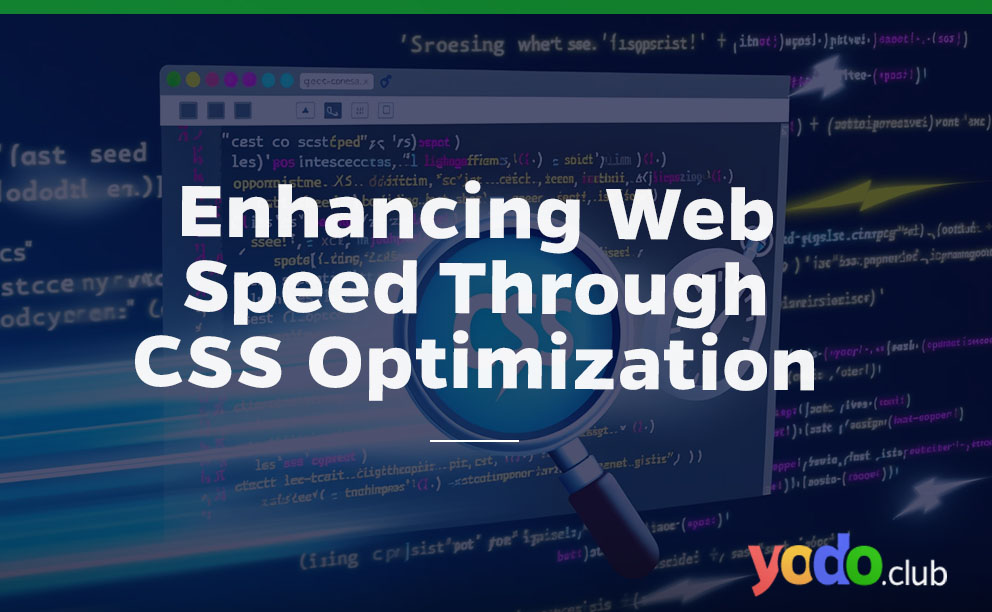In the world of branding and design, the concept of logo simplification holds a remarkable influence over how companies present themselves to their audiences. The logo serves as the visual medium for this identity, expressing the brand’s core attributes in a single image. However, as brands evolve and expand, complex and cluttered logos can diminish their identities.
Simplifying a logo in design is a challenging task. Still, standing out from others that align with the target audience is necessary.
In the blog post, we look at the significance of logo simplification, how it fits into modern branding strategies, and the array of advantages it brings.
Table of Contents
What is Logo Simplification?
Logo simplification is refining a brand’s identity into a visual masterpiece communicating volumes with a glance. It’s a symphony of design, psychology, and intention, carefully made to sound profoundly and quickly.
Why Logo Simplification Matters in Modern Branding
This is where the power of simplification of the logo emerges. A simplified logo redesigns the essence of a brand into a clean, concise symbol that’s instantly recognizable, memorable and versatile. It conveys the brand’s values at a glance. It’s about making an image that speaks to all without affecting the viewer, leaving a lasting connection in seconds.
How to Simplifying Your Logo in Easy Steps
We’ll provide you with a comprehensive guide to redesigning a logo that keeps your company’s identity intact.
1. What to Keep and What to Discard
The first step in the process is a critical evaluation of your current logo design. This entails a thorough analysis to identify elements that can be plainer without compromising your brand’s essence.
-
- Know the importance of equity as you analyze each design element objectively.
- Identify components that strongly go with the firm’s identity, ensuring they remain integral even after simplification.
2. Conceptualizing the Simplified Logo Iterations
With a clear understanding of your logo’s core elements, it’s time to explore creative possibilities for simplification. This involves ideas and concepts to breathe new life into your logo while maintaining its recognizability.
-
- Engage in brainstorming sessions to generate ideas that align with your business’s vision and goals.
- Translate your concepts into visual representations through sketches and digital mock-ups that display the potential of each idea.
3. Collaborating with Design Professionals
The input of design professionals and stakeholders is invaluable at this stage. Collaboration ensures that your simplified logo aligns with your brand’s identity while benefiting from multiple perspectives.
Seek feedback from design experts, brand managers, and other relevant stakeholders to gain diverse insights.
Utilize the feedback received to refine your logo iterations, ensuring that each version is a step closer to the perfect clear symbol.
4. Finalizing Your Streamlined Logo
Test your logo’s adaptability across various sizes and platforms to check its visibility and impact in diverse contexts. Learn from common mistakes brands make during simplification, ensuring you sidestep potential pitfalls.
What Benefits Companies Get from Streamlined Logos
Firstly, a minimal logo enhances brand recall. When a symbol is clutter-free and visually straightforward, it becomes easier for customers to remember and connect with the firm. This simplicity also translates seamlessly across various platforms, ensuring consistency in a multi-channel world.
Secondly, a simplified mark can adapt to different sizes and contexts. Whether on a business card, a website banner, or a billboard, the sign remains distinct and impactful. This adaptability ensures that the brand maintains a strong presence across various mediums.
Moreover, a minimalist logo show modernism and professionalism. In a world where trends evolve rapidly, a simplified logo appears timeless, avoiding the risk of becoming outdated quickly. It aligns with contemporary design sensibilities while maintaining the brand’s heritage and values.
Techniques to Simplify Logo
When it comes to logo simplification, mastering the art involves strategic techniques combining design principles, visual psychology, and brand essence. Let’s explore the essential techniques to transform a complex logo into a streamlined emblem that resonates with your audience.
Analyzing Your Current Logo Design
Before embarking on the journey of simplification, it’s crucial to understand the intricate elements of your current logo. This involves a comprehensive analysis to identify aspects that can be simplified while retaining the brand’s identity.
Pinpoint intricate details, redundant elements, or complex shapes that could be streamlined without losing the essence of the logo. Evaluate the logo’s overall composition. Are there elements that contribute to visual clutter? Simplifying doesn’t mean eliminating everything but rather focusing on what truly matters.
Minimalism in Logo Design – Less is More
Minimalism is a guiding principle in logo design that centres on simplicity and clarity. By embracing minimalistic design principles, you can create a logo that communicates a powerful message with the fewest possible elements.
Simplify shapes, lines, and forms while retaining the fundamental traits that make your logo recognizable. Strive to clarify the logo’s core elements, eliminating extraneous details that don’t contribute to the overall brand message.
Iconography and Symbolism – Crafting a Distinctive Mark
Icons and symbols are pivotal in logo design, often acting as visual shorthand for the brand’s identity. Simplifying these elements requires a delicate balance between recognition and refinement.
Explore how icons and symbols can encapsulate the essence of your brand, enabling quick recognition and connection. Analyze your current icons or logos. Can they be simplified while still conveying the intended message? Enhance their clarity and impact through thoughtful refinement.
Colour Palette Rationalization for Visual Impact
Colours evoke emotions and shape perceptions, making them crucial to logo design. In simplification, rationalizing the colour palette is essential for maintaining consistency and visual impact.
Narrow your colour palette to a harmonious selection that reflects your brand’s personality and resonates with your target audience. Consider the psychological effects of colours. Choose hues that align with your brand’s messaging and evoke the desired emotional responses.
Typography Refinement
Typography plays a vital role in conveying your brand’s tone and message. Refining typography ensures that your logo remains legible and contemporary in the context of logo simplification. Opt for easily readable fonts, especially at smaller sizes.
The typeface selection should match the brand’s personality and convey its intended message. Modernize your logo’s typography by making subtle adjustments to spacing, letterforms, or stylization while maintaining a timeless appeal.
Conclusion
Simplifying logos is an integral aspect of design to maintain its identification, memorizing and differentiation. It’s an impact that creates a long-lasting feel and imprints in people’s minds.
With the help of simple steps and tips, you can make an impactful, enduring and outstanding logo that speaks to your customers.
Keep Logo Designing!






 & Passion.
& Passion.